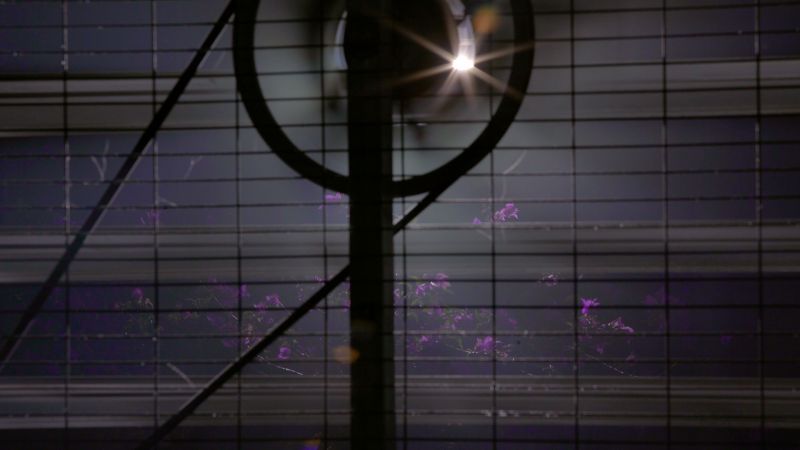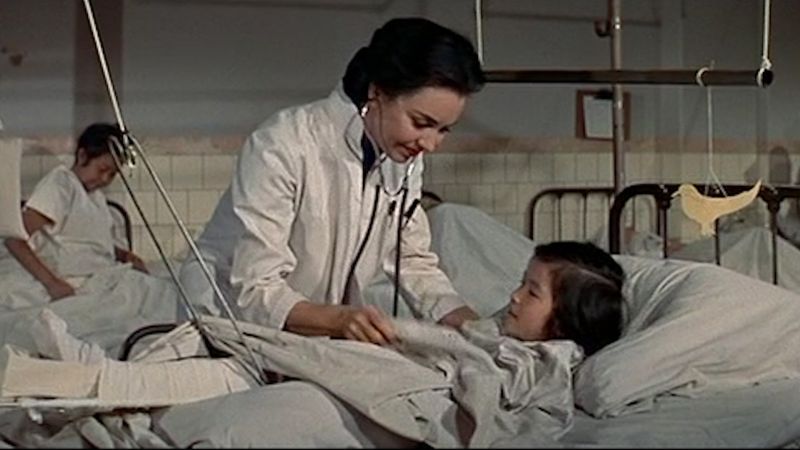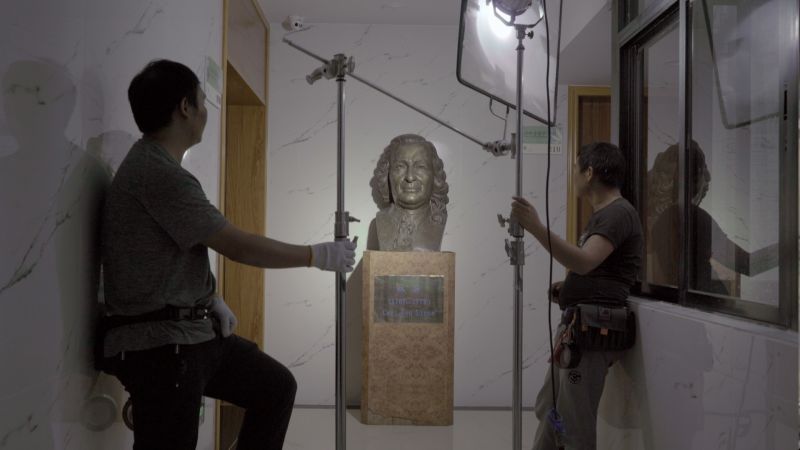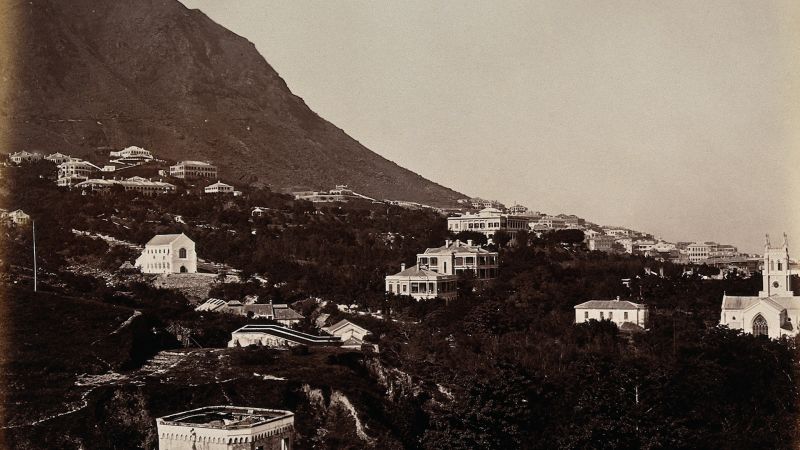PAN Lu, Bo WANG
Miasma
Prior to the emergence of germ theory in the late nineteenth century, legends of miasma were popular in both East and West. People believed that, when air flow slowed, the deadly miasma could breed. Miasma was seen as a product of the air and the environment. Water, soil, and organisms could all carry the imperceptible miasma. Compared to the “backward” Asians, Europeans believed themselves to be more evolutionarily advanced, which made them more distant from the primitive nature and more vulnerable to miasma. The goal of acclimatization was to control the environment through modernization, Western thought, and civilized behaviors, as well as the administration of public health and hygiene. Of course, controlling the environment was more about protecting Europeans who were more vulnerable to the climate.
In the steep terrain of Hong Kong Island, the Europeans established their settlements halfway up the hill, away from the harbor, for better sunlight and ventilation. The most powerful Europeans occupied the top of the hill. The crowded, chaotic and unplanned area of the harbor at the foot of the hill was left to the Chinese, who were "used to crowded spaces" and "immune to plague." In the 1860s, the large-scale afforestation of Hong Kong Island marked the beginning of the taming of the environment by the colonizers. At first, numerous trees were planted at the mid-levels, and then new parks were included in the planning. In 1871, the Hong Kong Zoological and Botanical Gardens opened to the public. This was a public recreation area where Hong Kong residents could walk and attend summer concerts, but it was only open to Europeans.
The fear of miasma reached a crescendo during the bubonic plague of 1894. In line with the practice in the UK mainland, a Hong Kong-wide prevention ordinance was enacted, which until then did not include the Chinese community. When the British colonizers discovered that the plague was worsening, they sent police officers and soldiers to forcibly put plague patients in quarantine and cleanse the houses of infected residents. These actions met with opposition from the Chinese community. The plague was so rampant around Taipingshan Street in Sheung Wan that an emergency land resumption ordinance was passed by the government to demolish the houses in the neighborhood. Consequently, 7,000 inhabitants were relocated, which caused increasing grudges toward the colonial governance among Chinese residents. At the same time, the "backward" living habits of the Chinese, rather than the more complex network of epidemic transmission, were considered the greatest cause of the outbreak. The process from outbreak to quelling of the plague eventually established the absolute authority of Western medicine in Hong Kong.
Excerpted from “Miasma, Plants, Export Paintings: Space and Nature in the Colonial History of Guangdong and Hong Kong” with amendments.

Miasma, Plants, Export Paintings Video Still
2-channel video, 28 mins, 2017
Courtesy of the Artist

Miasma, Plants, Export Paintings Video Still
2-channel video, 28 mins, 2017
Courtesy of the Artist

Miasma, Plants, Export Paintings Video Still
2-channel video, 28 mins, 2017
Courtesy of the Artist

Miasma, Plants, Export Paintings Video Still
2-channel video, 28 mins, 2017
Courtesy of the Artist